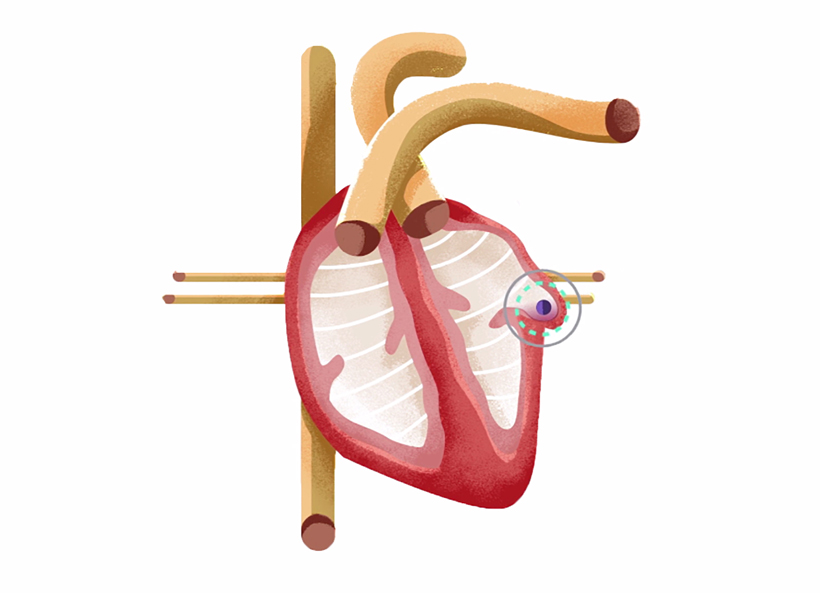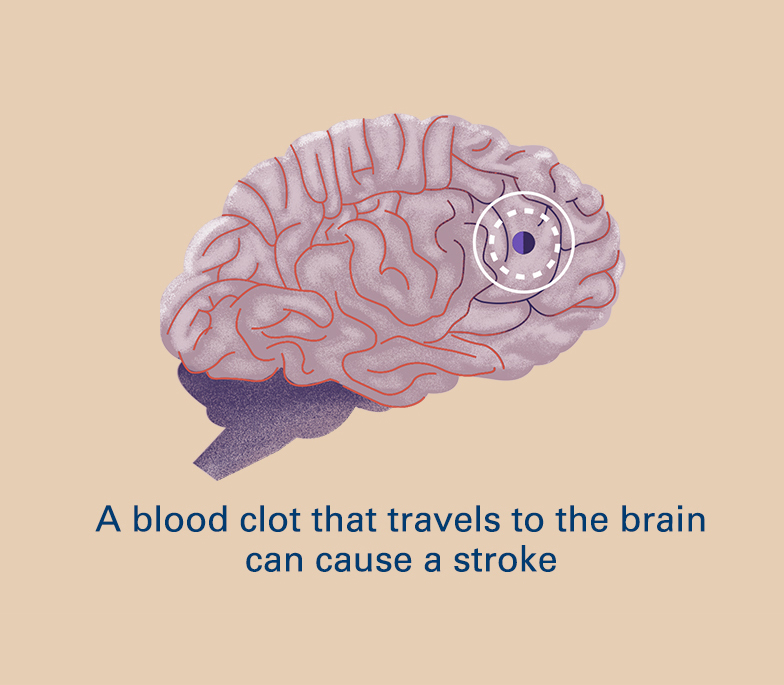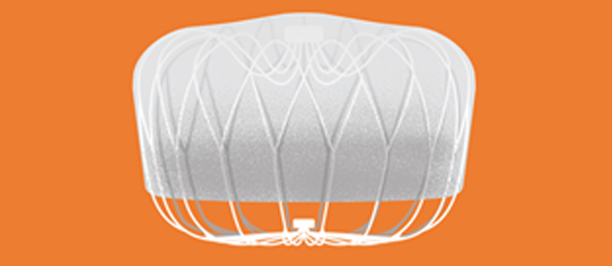Reducing AFib Stroke Risk
Blood thinners, also called anticoagulants, are an effective way to lower the risk of stroke in people with atrial fibrillation not caused by heart valve problems.5 Common blood thinners include warfarin (also known as Coumadin®), Eliquis®, Pradaxa®, Xarelto® and Savaysa®.
But some people need an alternative to blood thinners, because they can increase the risk of bleeding.5 Some bleeding events are minor and easily treated, like a cut taking longer than normal to stop bleeding. In other cases, the bleeding can be life-threatening, such as when bleeding in the brain causes a stroke.
If you have a history of bleeding or a lifestyle, occupation or condition that puts you at risk for bleeding, your doctor may consider an alternative to blood thinners, such as the WATCHMAN Implant.
An Alternative to Blood Thinners
WATCHMAN is a one-time, minimally invasive procedure for people with atrial fibrillation not caused by a heart valve problem (also known as non-valvuar AFib) who need an alternative to blood thinners. It’s about the size of a quarter and made from very light and compact materials commonly used in many other medical implants.
More than 150,000 people have left blood thinners behind with WATCHMAN.
How WATCHMAN Works
In people with AFib not caused by a heart valve problem, more than 90% of stroke-causing clots that come from the heart are formed in the LAA.3 That’s why closing off this part of the heart is an effective way to reduce stroke risk.
The WATCHMAN Implant fits right into your LAA. It’s designed to permanently close it off and keep those blood clots from escaping.
Science always looks for ways to make effective treatments even better. WATCHMAN is no exception. The WATCHMAN FLX design is an advancement that enables the implant to fit a greater number of patients, giving more people than ever a safe, effective alternative to blood thinners should they need one.
In a clinical trial, 96% of people were able to stop taking blood thinners just 45 days after the WATCHMAN procedure.

After the Procedure
Following the WATCHMAN procedure, your doctor will prescribe you blood thinning medication for 45 days or until your LAA is permanently closed off. During this time, heart tissue will grow over the implant to form a barrier against blood clots. Your doctor will monitor this process by taking pictures of your heart to see when you can stop taking your blood thinners.
Your doctor will then prescribe a medicine called clopidogrel (also known as Plavix®) and aspirin for you to take for six months. After that, you’ll continue to take aspirin on an ongoing basis. A very small number of patients may need to keep taking blood thinners long term.
In a clinical trial, 96% of people were able to stop taking blood thinners just 45 days after the WATCHMAN procedure.6
Is WATCHMAN Right for You?
If you have a history of bleeding or a lifestyle, occupation or condition that puts you at risk for bleeding, WATCHMAN may be right for you. But like any medical procedure, WATCHMAN comes with risks, so it isn’t right for everyone. Your cardiologist will weigh your risk of a stroke against your risk of a serious bleeding problem to determine the right treatment for you.
Take the WATCHMAN Eligibility Survey to see if WATCHMAN is right for you.
Hear from a WATCHMAN Patient
Camille’s Story
“I feel more at ease going where I want to go.”
Camille was an avid traveler, but fear of having a bleed while far from home – and far from medical help – interrupted her plans. Hear how WATCHMAN paved the way for a life of adventure with her family.
WATCHMAN FAQ
The most common questions about WATCHMAN, answered by patients
What’s the procedure like? Can you have WATCHMAN if you also have a stent? How is life different after WATCHMAN? Seven people who left blood thinners behind answer questions like these.
Getting WATCHMAN
The first step to finding out if you’re a candidate for WATCHMAN is making an appointment with a cardiologist to discuss your options.
For more information and to make an appointment, call Shasta Regional Medical Center at 530-244-5400or email us at
Or, visit the WATCHMAN website.
Or, contact:
Christie Hoyt
Structural Heart Coordinator
530-244-5184





